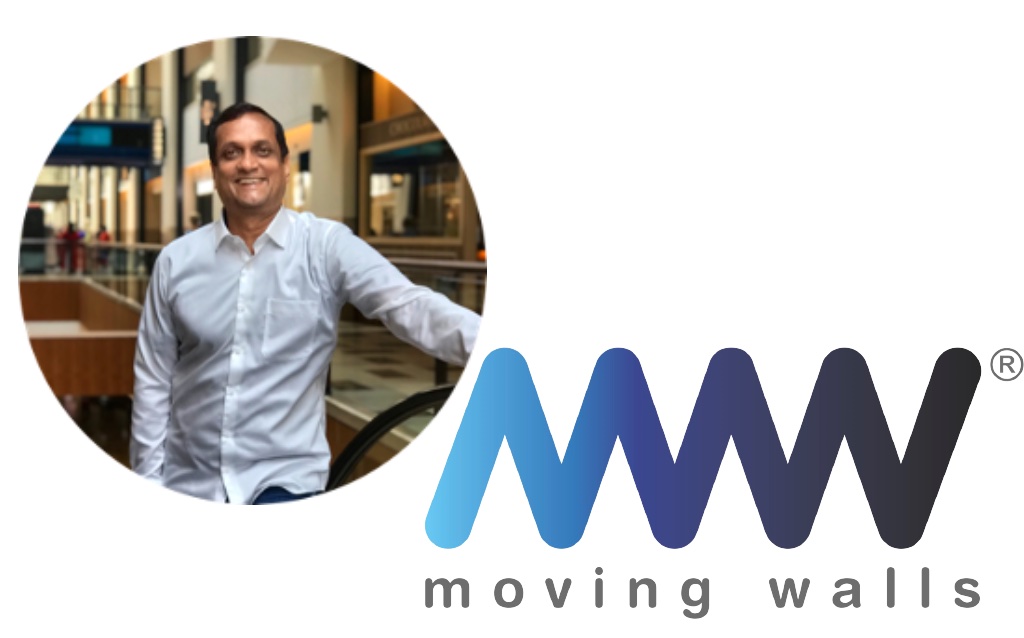A talk with Srikanth Ramachandran
A typical marketing funnel has a top, middle and bottom where the budgets are allocated to different platforms – some automated and some manual. However, retail sales funnels are becoming shorter and flatter. What’s your take on this? Care to elaborate on what contributes to this?
Historically, the time taken for a consumer to make a decision and actually make a purchase is drastically shrinking. The traditional way of influencing a purchase used to be priming the subconscious mind of the consumer over a period of time. Before converting that into a sale using the middle and bottom of the funnel.
It’s now no longer one funnel, but multiple funnels happening simultaneously. Advertising is plunging into very segmented messaging in priming and activating, thanks to the surge in internet usage and product variety. The concept from the launch of a product all the way to conversion is becoming swift while the product cycle is shortening.
Media landscape has also changed because it is easier to conceptualize and execute a campaign in a short period of time. Advertising today is no longer just traditional internet media but Digital Out-of-Home (DOOH) and digital TV have become the new favorites.
The traditional marketing funnel stressed too much on the top while focusing on getting new customers as opposed to retaining current ones. What do you think the traditional funnel did right and will continue to stay?
Tech has impacted both media and marketing automation positively. It will not be fair to say that the development of a customer and repeat customer mechanism has been addressed through marketing automation. Product servicing is an important aspect in terms of how well this mechanism is executed.
The perception of the brand as it is seen in the real world where ‘priming’ makes all the difference. Essentially, the top of the funnel still plays a massive role in ensuring the bottom of the funnel works.
So the first aspect is advertisers are realizing that what has changed is buyer perception. Consumer clicks may not necessarily be influenced by the discounts offered in messages that pop up when browsing online.
A strong brand presence is still a significant element of what is seen at the top of the funnel that influences click-through rates which lie at the bottom of the funnel.
Secondly, advertisers are realizing that when there are 5 people advertising in search, it used to be effective. Over time 5 became 500, and there are now thousands of businesses competing for the same search terms. The cost of advertising in performance media has been increasing year-on-year which has reduced its effectiveness and led to ad saturation.
The solution is measurement and automation that lies in ‘new media’ – where addressable TV and addressable Out-of-Home (OOH) come in strongly and play a role in the performance game. However, it is no longer standalone media but a combination of what the industry is calling Omnimedia – the combination of multiple channels.
Online retail sales funnels are becoming shorter and flatter which means brand and performance teams need to work far more closely together. What kind of direct impact will this make on clients/consumers?
Nothing really changes from a consumer perspective as we all still buy brands that we believe in. The only thing that changes is the availability of information. The consumer has become more informed due to the availability of information and on the other hand the demand for personalisation has increased.
Let’s take an example of an awareness campaign that was executed for a movie called Bullet Train. Using the hyperlocal knowledge of which cinema was screening the movie and its specific location, consumers can see on physical digital screens what the next Bullet Train showtime is the moment they disembark the station and how far it is from the station.
In addition, the screen displayed the next potential show time displaying messages like ‘Next show at 3:30 pm, 1km away from you.’
New DOOH media has become as smart as traditional digital media, like display and mobile, using the same ‘video’ format that the client has moved to. What the digital screen has done is stay in an ambient environment that does not intrude on consumers while disseminating a piece of information that is relevant in a hyperlocal contextual manner. That poses a huge benefit to the consumer.
How has the ‘flattening of the funnel’ affected Moving Walls as a business?
It has impacted the business positively in many areas. Firstly, once a client realizes the funnel is flattened, performance-driven budgets can be experimented with omnichannel video formats. DOOH media can serve as an extension to digital video format so advertisers are not restricted to only a single video format.
That’s really where we see the industry go – outcome-driven campaigns that use a combination of DOOH, mobile and search in a seamless way.
In an era where tech is automating, it’s just the question of learning and how quickly new ideas are being adopted. People were resisting programmatic conversations 15 years back but it is the norm now. So it comes down to a matter of time and development of use cases.
During a Telecom launch we enabled in Manila, every DOOH screen was bought out and blocked for unmissable communication. With technology and automation, these kinds of impactful campaigns are possible.
We saw the emergence of E-commerce platforms during the Covid period. What is the impact of rising E-commerce platforms on the traditional sales funnel?
All e-commerce like search typically belongs at the bottom of the funnel. There’s an advertising component to it which moves certain products higher. Broadly, these ‘initial performance media’ are where you are able to pay per click (search), pay per conversion (e-commerce) pay per video (CPM) where campaigns run on these three different metrics of the funnel.
With the flattening of the funnel, the cost per acquisition is the result of a cost per click and a cost per reach. Reach, click and conversion are coming together in some interesting ways.
By 2031, the global Digital OOH market is expected to reach $58.67 billion. Programmatic DOOH on the other hand is expected to make up an increasing percentage of Digital OOH spending. How will the rise of digital and programmatic DOOH impact modern marketing in the next decade?
Whatever we are seeing today as a trend is in that OOH campaigns are being planned and executed based on CPMs. Cost-per-reach automation where DOOH is playing an increasing role in video advertising is a natural extension.
Within a period of time, advertisers will also start seeing the sequencing of messages, whether at the top, middle or bottom of the funnel. Data that is common across all three will get more important at this point.
If we are able to reach a person when he’s commuting to work and when he is browsing on the phone in a particular sequence, then the chance of walking into a retail store is relatively high. We can direct traffic to the retail store in creative ways.
During a campaign for a gas station brand in Manila, we used live Google traffic data to identify where the nearest gas station was and how long it took to get there. The creatives acted as real-time ‘time indicators’ which changed depending on road traffic conditions.
The migration has happened from buying ad plays on “locations” to CPM. It will either go into a standalone performance-based buying (based on cost per activation, cost per conversion) or cleverly blended. The flattening of the funnel in ad tech happens when omnichannel buying truly comes into place. And this will only happen when all advertising – offline and online – can be planned, sequenced, and measured together.
The 13th WOO APAC Forum, a global OOH media conference, is happening in Kuala Lumpur, Malaysia on 13th October 2022. Having expanded from Malaysia to other markets like Japan, Australia, the Middle East, Africa, and Latin America – we are looking forward to sharing the learnings we have had in Asia that have also helped us expand to new continents.
Moving Walls is one of the sponsors of the WOO APAC Forum and we will be participating in the Programmatic panel session. For more details on this event, click Here.
MARKETING Magazine is not responsible for the content of external sites.











